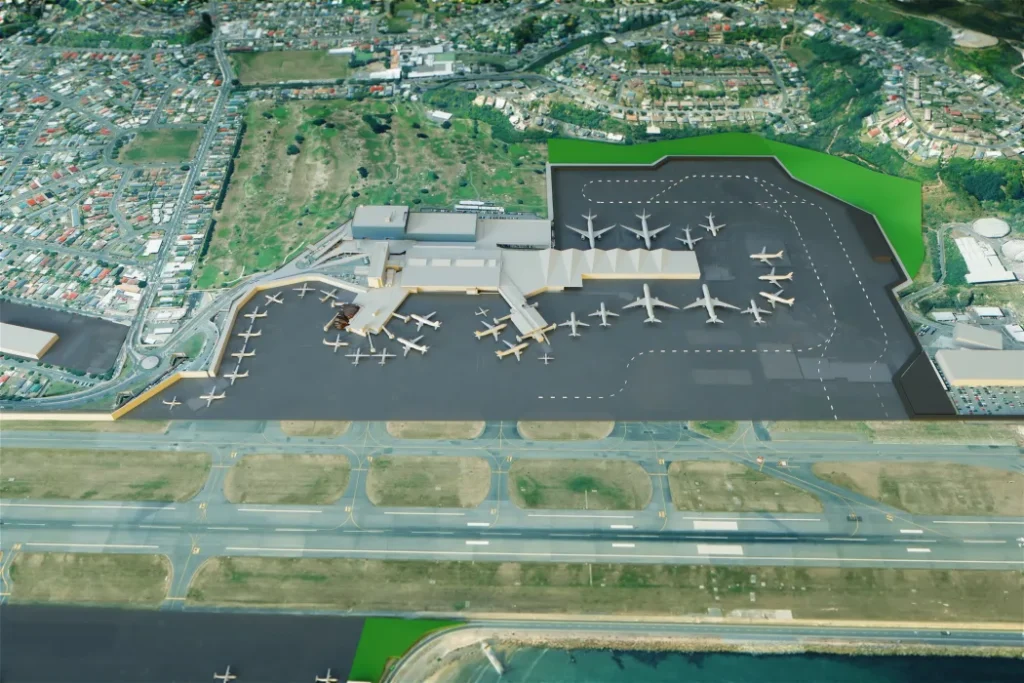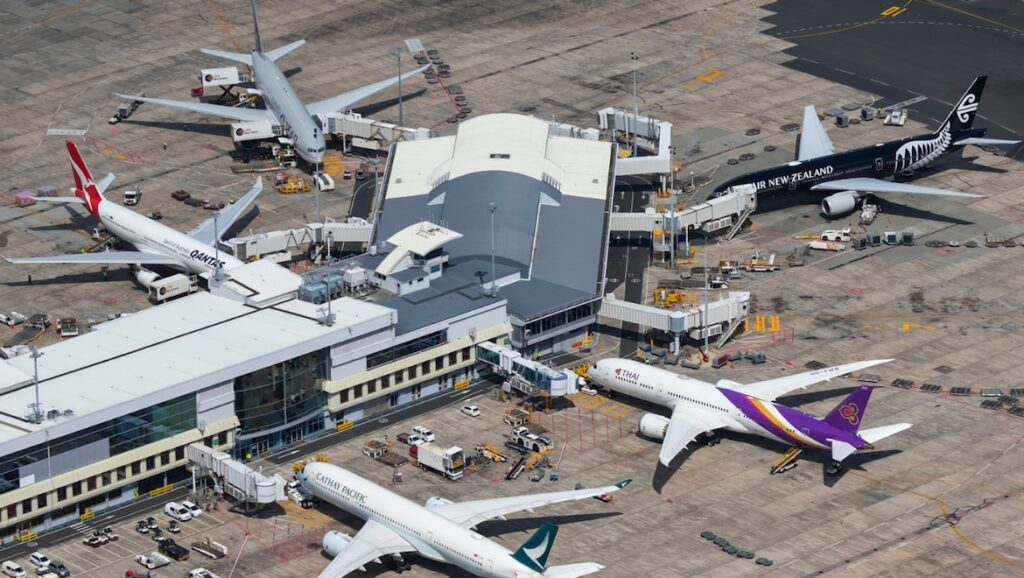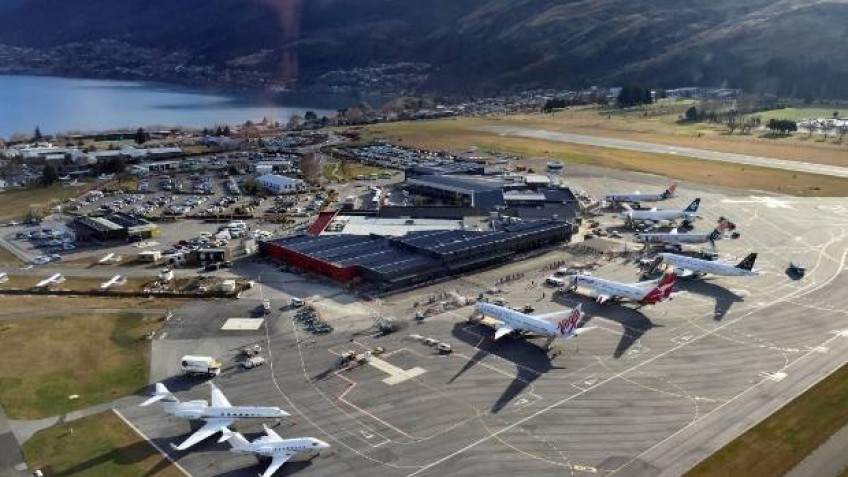New Zealand’s unique geography and isolation present both opportunities and challenges for its international airports. From Auckland Airport, the nation’s primary gateway, to smaller regional facilities like Dunedin Airport, each airport plays a crucial role in connecting New Zealand to the world. This article provides a comprehensive overview of New Zealand’s international airports, analyzing passenger traffic, operational dynamics, and regional trends.
Dunedin Airport

Once serving as an international gateway, Dunedin Airport now operates exclusively on domestic routes, reflecting the impact of the COVID-19 pandemic and changing travel patterns. Despite its transition to domestic-only operations, Dunedin Airport remains a vital transportation hub for residents and visitors to the southern region of New Zealand, offering connections to major cities such as Auckland, Christchurch, and Wellington.
Queenstown Airport
A Gateway to Adventure Situated amidst breathtaking alpine scenery, Queenstown Airport attracts adventure-seeking tourists from around the world, particularly during the winter ski season. While predominantly serving trans-Tasman routes to Australia, Queenstown Airport plays a crucial role in connecting travelers to New Zealand’s South Island, offering a unique blend of natural beauty and outdoor activities.
Wellington Airport

Overcoming Geographic Challenges Located in New Zealand’s capital city, Wellington Airport faces geographic constraints and turbulent weather conditions, presenting challenges for both passengers and airlines. Despite these obstacles, Wellington Airport remains a key international gateway, with trans-Tasman flights to Australia and connections to Fiji. Known for its turbulent landings, Wellington Airport exemplifies resilience and adaptability in the face of adverse conditions.
Christchurch Airport
A Hub for Long-Haul Connections As the largest city in the South Island, Christchurch boasts a bustling airport equipped to handle long-haul flights and widebody aircraft. With its curfew-free operations and strategic location, Christchurch Airport serves as a vital hub for international travelers, offering connections to destinations across Asia, Europe, and the Americas. Additionally, Christchurch Airport serves as a gateway to Antarctica for scientific expeditions and research missions.
Auckland Airport

New Zealand’s Primary Gateway Auckland Airport stands as New Zealand’s largest and busiest airport, serving as the primary gateway for international travelers. With its extensive network of flights to destinations worldwide, Auckland Airport facilitates seamless connections between New Zealand and the global community. Handling nearly 16 million passengers in 2023, Auckland Airport plays a pivotal role in driving tourism, trade, and economic growth. As the main hub for Air New Zealand and Jetstar, Auckland Airport offers a wide range of domestic and international flights, including some of the longest nonstop routes in the world.
Navigating New Zealand’s Airport Landscape
Despite their varying sizes and operational complexities, New Zealand’s international airports collectively contribute to the nation’s connectivity and accessibility on the global stage. From Dunedin’s domestic-focused operations to Auckland’s bustling international hub, each airport serves a unique purpose in facilitating travel and trade.
Challenges and Opportunities Ahead
While New Zealand’s international airports have demonstrated resilience and adaptability in the face of challenges such as the COVID-19 pandemic and geographic constraints, they also face ongoing operational and infrastructure-related hurdles. Balancing the growing demand for air travel with environmental sustainability and passenger experience remains a priority for airport authorities and stakeholders.
Looking to the Future
As New Zealand continues to navigate the evolving landscape of global travel and tourism, its international airports will play an increasingly vital role in shaping the nation’s connectivity and competitiveness. Embracing innovation, sustainability, and collaboration will be key to unlocking the full potential of New Zealand’s aviation sector and ensuring a seamless travel experience for passengers from around the world.
Conclusion
From the rugged landscapes of the South Island to the vibrant cultural hubs of the North Island, New Zealand’s international airports serve as gateways to a land of unparalleled beauty and opportunity. As the nation strives to forge stronger connections with the global community, its airports stand ready to welcome travelers with warmth, efficiency, and the renowned Kiwi hospitality that defines the spirit of Aotearoa.

